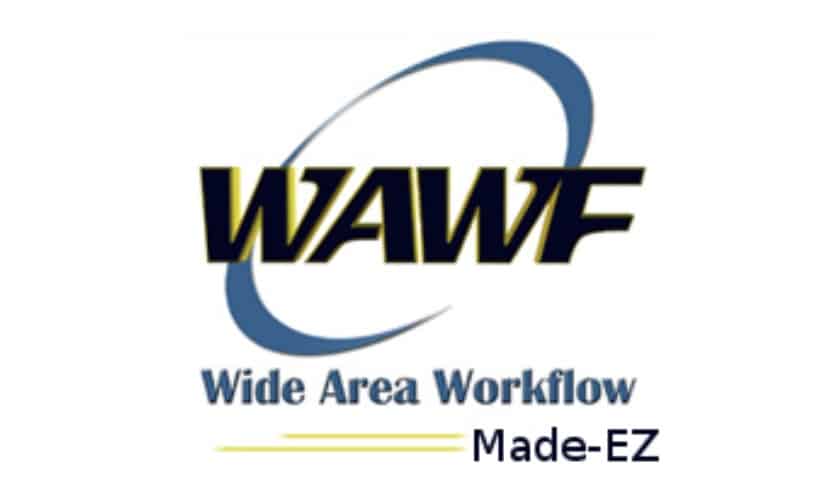
Wide Area Workflow (WAWF), renamed iRAPT in November 2014, is the secure web-based system used by the Department of Defense for electronic submission of advance shipping data, invoicing, receipt, and acceptance, which allows DoD vendors to submit and track invoices and receipt/acceptance documents.
Although years have passed since the DoD made the name change from WAWF to iRAPT, which stands for Invoice Receipt Acceptance and Property Transfer, old habits die hard and many still refer to this system using its old moniker.
Why is Wide Area Workflow important for DoD vendors?
Wide Area Workflow/iRAPT is part of the DoD’s e-Business Suite, and serves as the method by which new acquisition UID and RFID data is submitted. As RFID and UID data are fundamental components in the DoD’s inventory control methodology, WAWF/iRAPT is a crucial part of doing business with the government.
Essentially, the DoD looks to the WAWF/iRAPT system for accurate, up-to-date data on:
- Assets shipped
- Assets received
- Transactions that need to be paid to suppliers
Understandably, it’s vital to ensure the integrity of the data entered in WAWF/iRAPT.
Another important consideration is labeling. The DoD has specific requirements regarding how assets must be labeled. The data on the labels must match what has been entered into the Wide Area Workflow/iRAPT database.
Meeting the DoD’s requirements for data input, asset tracking, and labeling can be a challenge, especially for companies that are new to the process of working with federal agencies.
How to manage Wide Area Workflow/iRAPT compliance more effectively
No matter which acronym you use, using WAWF/iRAPT is a core element of being successful as a DoD supplier. But there are challenges, including:
- The WAWF/iRAPT system works well for reducing paper documentation and tracking assets, but it does not equip vendors to effectively and accurately manage their RFID and UID data.
- Manual entry of all your data is prone to errors, yet any one error could cause transactions to be rejected, or create other complications down the line.
- The web interface requires redundant data entry, increasing the chances for errors to occur.
- While a direct integration into WAWF/iRAPT is the best solution for managing and submitting compliant shipping, RFID and UID, and invoicing data, few organizations have the resources or government-approved status to execute this.
Source: http://info.odysseydcs.com/blog/what-is-wide-area-workflow-wawf-and-why-does-it-matter





Pingback: wide area workflow ebusiness suite account - Login Information -Official Site